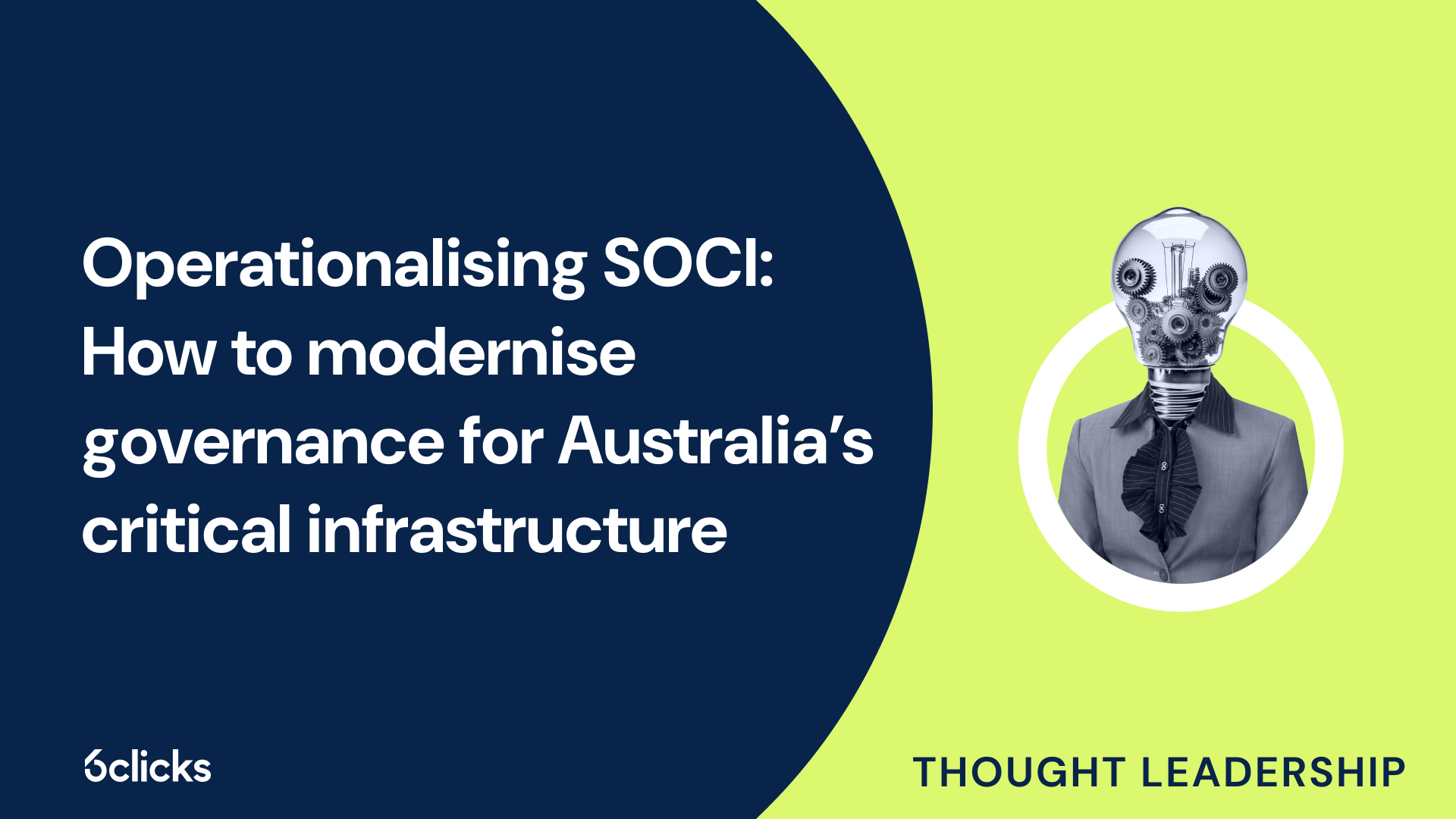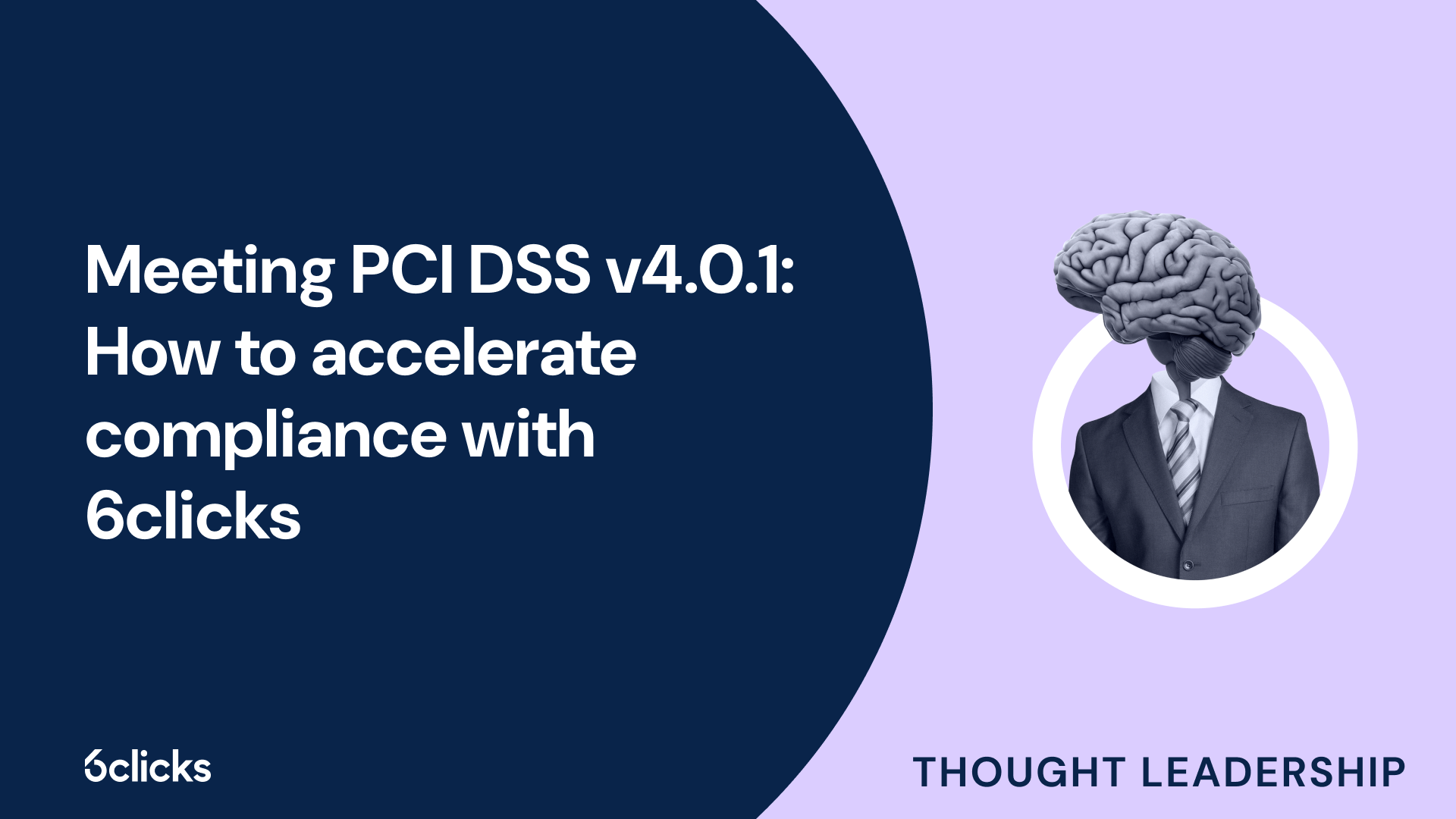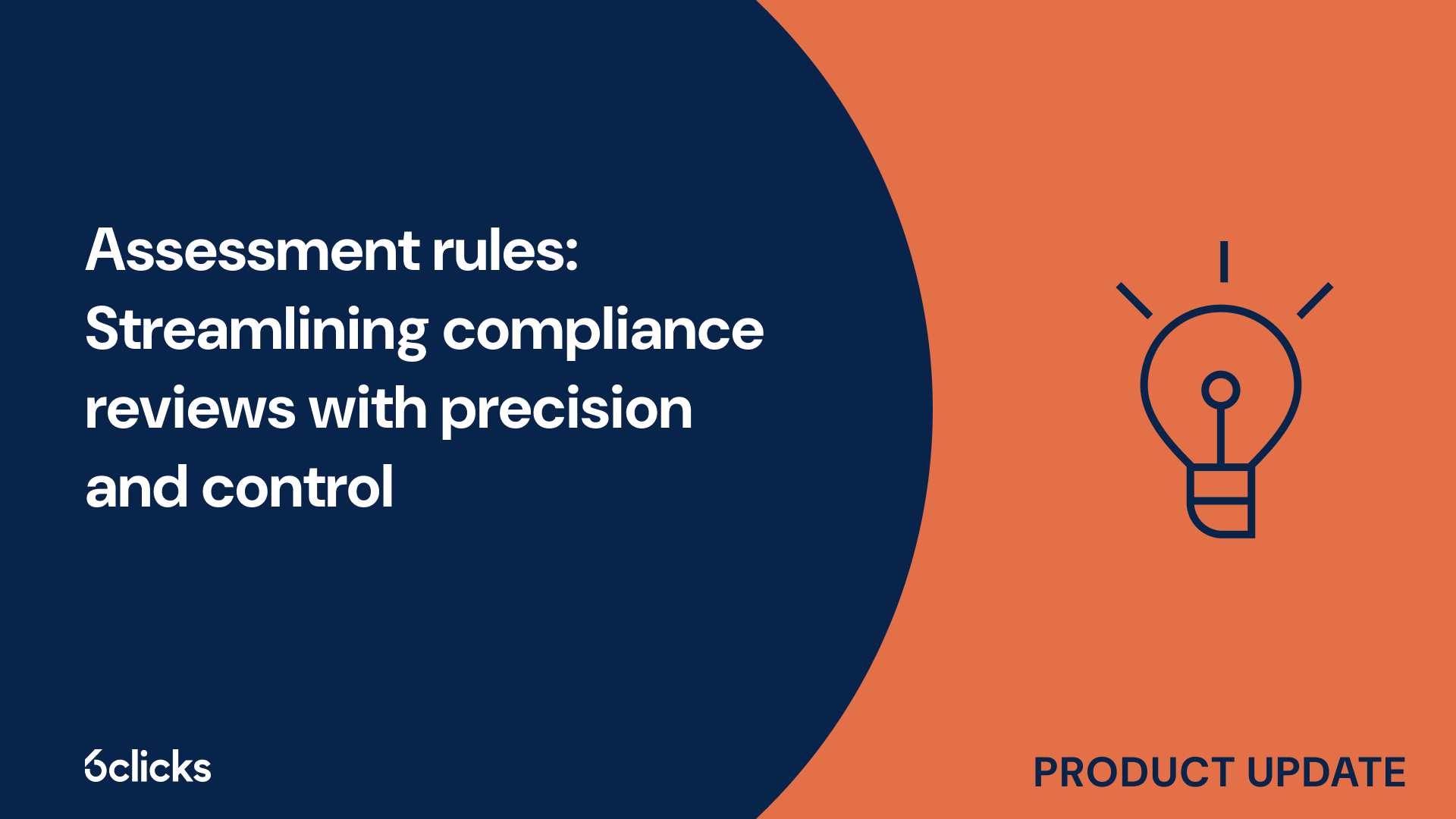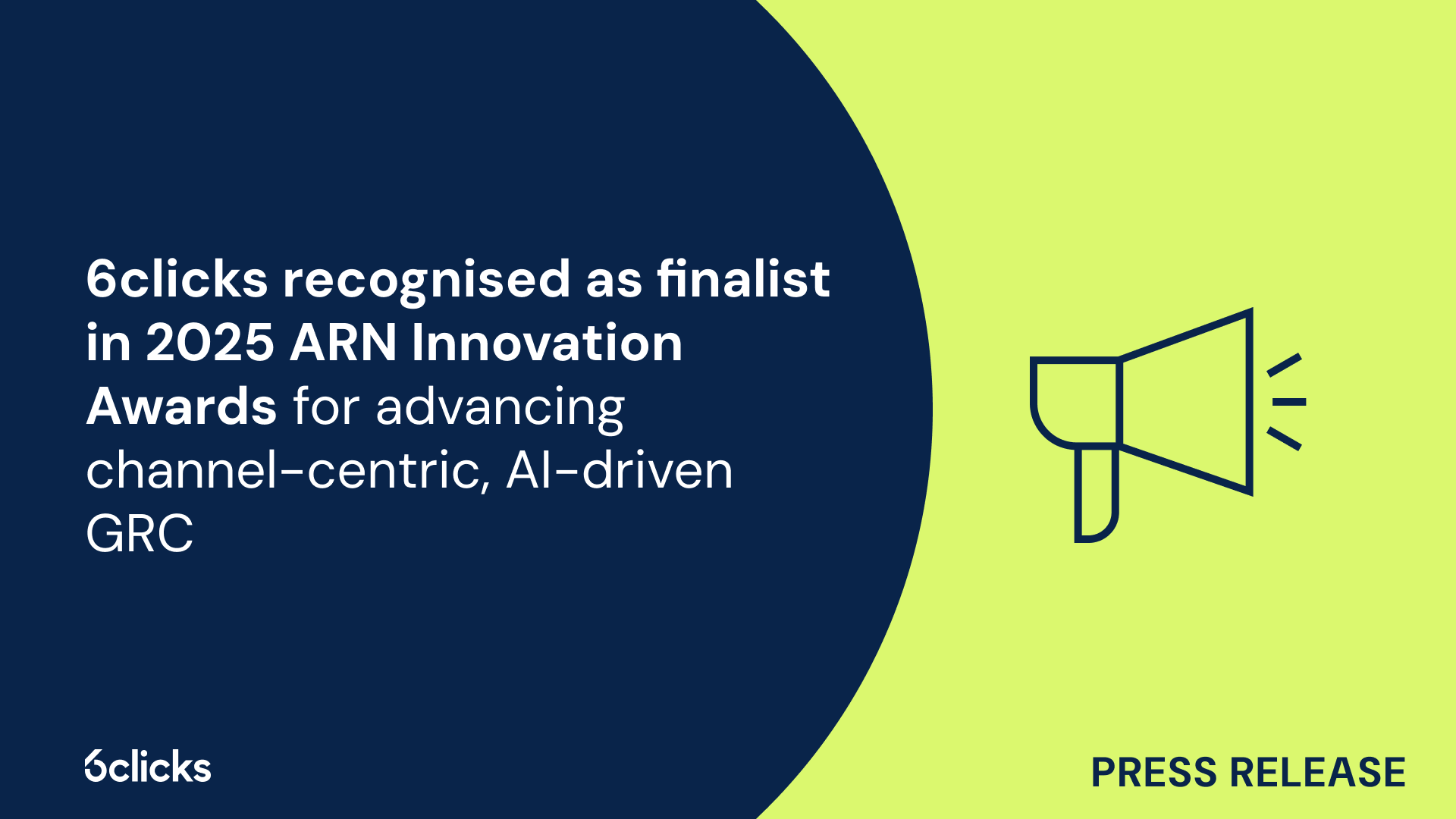SOC 2 compliance: The complete guide
Discover everything you need to know about SOC 2 compliance in this complete guide. Learn requirements, controls, and best practices to simplify audits and achieve certification with confidence.
-1.png?width=200&height=249&name=Group%20193%20(1)-1.png)
SOC 2 compliance: The complete guide
What is SOC 2?
SOC 2, or Service Organization Control 2, is a widely recognized auditing standard that measures and assesses the control effectiveness of service organizations. It provides assurance to clients and stakeholders that the service organization has implemented adequate control systems to protect the confidentiality, integrity, and availability of data and systems. SOC 2 reports are issued by independent third-party auditors and evaluate the design and operational effectiveness of controls based on predefined criteria. There are two types of SOC 2 reports: Type 1 and Type 2. Type 1 reports assess the design of controls at a specific moment in time, while Type 2 reports evaluate the operational effectiveness of controls over a period of time, usually a minimum of six months. SOC 2 reports are particularly beneficial for service organizations that store and process sensitive client information, as they can use these reports as proof of compliance with relevant trust principles and enhance customer confidence in their control environment.
Types of reports
SOC reports, or Service Organization Control reports, are a set of reports designed to evaluate the effectiveness and security of a service organization's internal controls. There are three types of SOC reports: SOC 1, SOC 2, and SOC 3.
SOC 1 reports focus on the service organization's internal controls over financial reporting. These reports are often used by financial institutions and business partners to assess the control environment of a service organization. SOC 1 reports help user entities gain confidence in the financial controls and their ability to produce reliable financial statements.
SOC 2 reports, on the other hand, evaluate the operational effectiveness of a service organization's controls. They provide a more comprehensive assessment of an organization's control systems, including security controls, availability, processing integrity, confidentiality, and privacy. SOC 2 reports are commonly obtained by service companies, SaaS providers, and other organizations that handle sensitive data. They demonstrate a commitment to data security and compliance with relevant trust principles.
Lastly, SOC 3 reports provide a high-level overview of the organization's controls, without going into the detailed description of controls like SOC 2. These reports are publicly available and serve as general marketing materials, showing potential customers and business partners that the organization has undergone a SOC examination and is committed to maintaining a strong control environment.
SOC 2 type 1 and type 2 overview
SOC 2 Type 1 and Type 2 reports are both part of the Service Organization Control (SOC) framework, which evaluates the control environment of service organizations. However, there are important differences between the two types of reports.
SOC 2 Type 1 reports focus on the design of controls at a specific moment in time. They provide an assessment of the organization's control environment and its ability to meet the defined control objectives. These reports are valuable for companies seeking to demonstrate their commitment to security and compliance. SOC 2 Type 1 reports review the design of controls and provide evidence of their existence and implementation.
On the other hand, SOC 2 Type 2 reports not only evaluate the design of controls but also their operating effectiveness over a defined period of time. These reports provide a more thorough assessment of the organization's control systems and their ability to meet the defined control objectives consistently. SOC 2 Type 2 reports are particularly valuable to stakeholders as they offer proof of ongoing compliance and operational effectiveness. The review period for SOC 2 Type 2 reports is usually a minimum of six months.
Purposes of SOC 2 type 1 and type 2 reports
SOC 2 Type 1 and Type 2 reports serve specific purposes in assessing the internal controls and security measures of service organizations. These reports are valuable tools for companies looking to demonstrate their commitment to security and compliance. While SOC 2 Type 1 reports focus on the design of controls at a specific moment in time, Type 2 reports assess their effectiveness over a defined period. Understanding the purposes of these reports can help organizations make informed decisions about their security and compliance programs.
Purposes of SOC 2 Type 1 Reports:
SOC 2 Type 1 reports are designed to evaluate the design of controls at a specific moment in time. These reports provide an assessment of the organization's control environment and its ability to meet the defined control objectives. By reviewing the design of controls and providing evidence of their existence and implementation, SOC 2 Type 1 reports help organizations showcase their commitment to security and compliance. This can be especially valuable for companies that require evidence of controls to address customer concerns or regulatory compliance requirements. SOC 2 Type 1 reports provide a snapshot of a company's control systems, offering insight into the effectiveness and relevance of its control policies and procedures.
Purposes of SOC 2 Type 2 Reports:
SOC 2 Type 2 reports go beyond the design of controls to assess their ongoing operating effectiveness over a defined period of time, typically a minimum of six months. These reports provide a more thorough and in-depth assessment of the organization's control systems and their ability to consistently meet the defined control objectives. SOC 2 Type 2 reports are particularly valuable for stakeholders, including customers, business partners, and potential investors, as they offer concrete proof of ongoing compliance and operational effectiveness. By demonstrating the effectiveness of controls and their alignment with relevant trust principles, SOC 2 Type 2 reports instill confidence in the organization's security measures and control systems. Use of SOC 2 Type 2 reports can provide a competitive edge and establish the organization as a trusted and reliable service provider in industries such as financial institutions, healthcare, and technology.
Purpose of a type 1 report
A SOC 2 Type 1 report serves a specific purpose in assessing the design of controls in operation as of a specific moment in time. This report provides valuable information for organizations and potential customers in evaluating the effectiveness of a service organization's control environment.
The purpose of a SOC 2 Type 1 report is to conduct critical risk assessment procedures that determine the adequacy and suitability of the design of controls. By evaluating the design of controls, the report allows user auditors to assess if the related control objectives can be achieved. This enables them to identify any potential gaps or weaknesses in the control environment that may pose risks to the security and compliance requirements of the organization.
Additionally, a Type 1 report provides an opinion on the fairness of the system and the design of controls. This opinion helps users understand the reasonableness and reliability of the control systems in place. It also provides assurance that the organization has implemented appropriate control policies and procedures to mitigate risks and safeguard customer data.
Purpose of a type 2 report
A SOC 2 Type 2 report serves a slightly different purpose compared to a Type 1 report. While a Type 1 report assesses the design of controls at a single moment in time, a Type 2 report focuses on the operating effectiveness of controls over a minimum six-month period.
The primary objective of a Type 2 report is to provide users with assurance regarding the effectiveness of controls at a service organization. It evaluates whether the controls are functioning as intended and provides evidence of their operational effectiveness. This report is particularly valuable because it offers a more comprehensive review, considering the controls' performance and sustainability over an extended period.
In terms of assurance, a Type 2 report provides a higher level compared to a Type 1 report. While a Type 1 report only provides assurance on the design of controls in place, a Type 2 report goes further and provides an opinion on their operating effectiveness. This added assurance helps user entities gain confidence in the service organization's ability to achieve control objectives consistently.
Obtaining a Type 2 report offers several benefits for service organizations. Firstly, it demonstrates a commitment to strong internal controls and compliance with relevant trust principles. This can help service organizations build trust with potential customers, business partners, and financial institutions. Additionally, having a Type 2 report can streamline the audit process for user entities, reducing the need for extensive testing of controls within their own organizations. Furthermore, it showcases the organization's focus on data security and compliance, which is of paramount concern for companies in this digital age.
Service organizations across various industries can benefit from obtaining a Type 2 report. This includes technology companies, financial institutions, healthcare providers, and any organization that handles sensitive customer data or provides critical services. By undergoing the rigorous examination process and obtaining a Type 2 report, service organizations can demonstrate their commitment to meeting compliance requirements and ensuring the security and privacy of their customers' information.
Service organizations suitable for SOC2 reporting
Service organizations that handle sensitive data and information are often required to demonstrate their commitment to strong internal controls and compliance with relevant trust principles. This is where SOC 2 reporting comes into play. SOC 2 reports are specially designed for service organizations, providing assurance regarding the effectiveness of their control systems. These reports evaluate the design and operational effectiveness of controls over a period of time, offering a more comprehensive review compared to a Type 1 report. Obtaining a SOC 2 report can help service organizations build trust with potential customers, streamline audits for user entities, and showcase their focus on data security and compliance, making it a suitable reporting option for service organizations in various industries.
Financial institutions
Financial institutions play a crucial role in SOC 2 reporting as they are responsible for maintaining the security and confidentiality of sensitive customer information. These institutions are subject to strict regulatory compliance standards and are required to have effective internal controls in place to protect the interests of their customers.
Compliance with regulatory standards is a top priority for financial institutions. They must adhere to guidelines set by regulatory bodies to ensure the security of customer data and to prevent unauthorized access. Internal controls are an essential component of regulatory compliance, helping financial institutions identify and mitigate potential risks to protect against fraud, unauthorized access, and other security breaches.
SOC 2 reports are a vital tool for financial institutions to demonstrate their trustworthiness and security measures to both customers and business partners. These reports provide a detailed description of the controls in place to safeguard customer data and assess the effectiveness of these controls. They provide assurance that the financial institution has implemented adequate security measures to protect customer information.
Obtaining and maintaining SOC 2 compliance can be challenging for financial institutions. These institutions must continually evaluate their internal control policies and procedures to ensure they align with the relevant trust principles. They also need to undergo regular audits conducted by independent CPAs to provide evidence of controls and evaluate their operational effectiveness.
Technology providers & businesses that outsource services
Technology providers and businesses that outsource services, such as cloud computing service providers and software-as-a-service (SaaS) companies, often rely on third-party vendors to support and enhance their operations. These organizations delegate certain functions to external service providers to improve efficiency, reduce costs, and access specialized expertise. However, this outsourcing also introduces risks and concerns related to data security and privacy.
To address these concerns and provide assurance to their customers and business partners, technology providers and businesses that outsource services can benefit from obtaining a SOC 2 report. A SOC 2 report is a comprehensive assessment performed by an independent third-party auditor to evaluate the service organization's controls and processes based on relevant trust principles, including security, availability, and processing integrity.
By obtaining a SOC 2 report, these organizations can demonstrate their commitment to maintaining a secure and reliable environment for their customers' data. The report provides transparency on the design and operational effectiveness of the controls implemented by the service organization. This can help build trust with potential customers, as they have access to a detailed review of the service provider's control environment and can assess the level of risk associated with their business operations.
Additionally, a SOC 2 report can also enable technology providers and businesses that outsource services to meet the compliance requirements of their own customers. Many companies, especially those in regulated industries such as finance or healthcare, require their service providers to have a SOC 2 report as proof of compliance with industry standards.
Cloud computing service providers & software-as-a-service (SaaS) companies
Cloud computing service providers and software-as-a-service (SaaS) companies handle and store large amounts of client information in the cloud. With data breaches and cyber threats becoming more prevalent, ensuring the security and protection of this sensitive information has become a top priority for these organizations. This is where SOC 2 compliance comes into play.
SOC 2 compliance is essential for cloud computing service providers and SaaS companies as it demonstrates their commitment to maintaining robust security controls. By obtaining a SOC 2 report, these organizations can provide assurance to their clients that their data is protected against unauthorized access, ensuring the confidentiality, integrity, and availability of their information.
SOC 2 type 1 and type 2 reports play crucial roles in building trust and confidence in the security practices of these organizations. A SOC 2 type 1 report evaluates the design of security controls and provides a snapshot in time of their effectiveness. On the other hand, a SOC 2 type 2 report assesses the operational effectiveness of these controls over a period of time, usually at least six months. This ongoing monitoring and evaluation demonstrate the organization's commitment to maintaining robust security controls consistently.
With SOC 2 compliance, cloud computing service providers and SaaS companies can assure their clients that their data is protected and their organization has implemented necessary security controls. These compliance reports are essential for building trust and confidence in the security, availability, processing integrity, confidentiality, and privacy controls of these organizations in the increasingly digital and interconnected world.
Healthcare organizations & hospitals
For healthcare organizations and hospitals, SOC 2 reports play a vital role in building trust and confidence in their service performance and controls. These reports provide assurance to patients, regulators, and other stakeholders that the organization has implemented robust security measures to protect sensitive healthcare data.
SOC 2 reports evaluate the security, availability, processing integrity, confidentiality, and privacy of the systems used to process data. This is particularly important in the healthcare industry, where the confidentiality and privacy of patient information are paramount. By obtaining a SOC 2 report, healthcare organizations can demonstrate their commitment to maintaining high standards of security and data protection.
These reports assess the design and operational effectiveness of the security controls in place, providing an independent assessment of the organization's compliance with industry best practices. This allows healthcare organizations and hospitals to identify any deficiencies or gaps in their control environment and take appropriate measures to address them.
By undergoing regular SOC 2 audits and obtaining favorable examination reports, healthcare organizations and hospitals can differentiate themselves from competitors and show their dedication to maintaining secure and reliable IT systems. This, in turn, instills confidence in patients, regulators, and business partners, ultimately enhancing the organization's reputation and credibility in the healthcare industry.
Insurance companies & brokers
Insurance companies and brokers handle a vast amount of sensitive data, including personal and financial information. To ensure the security and confidentiality of this data, it is crucial for them to obtain SOC 2 reports. These reports play a vital role in demonstrating compliance with industry regulations and building trust with clients.
By obtaining a SOC 2 report, insurance companies and brokers can provide evidence of their commitment to implementing and maintaining effective security controls. The report assesses the design and operational effectiveness of these controls, verifying that they are in line with industry best practices. This helps to instill confidence in clients, assuring them that their information is being appropriately protected.
When obtaining a SOC 2 report, insurance companies and brokers should consider the different types of reports available. A Type 1 report provides a snapshot of the control environment at a specific moment in time, while a Type 2 report evaluates the effectiveness of controls over a certain period. For insurance companies and brokers, a Type 2 audit is particularly beneficial as it demonstrates the ongoing operational effectiveness of controls.
Risk management is a crucial aspect of SOC 2 compliance for insurance companies and brokers. It involves identifying potential risks and implementing measures to mitigate them. In addition, policy management plays a key role in ensuring compliance with SOC 2 requirements. This involves maintaining and updating internal control policies to align with industry standards and regulatory obligations.
Nonprofits & charities
Nonprofits and charities that handle sensitive data or provide critical services can greatly benefit from obtaining a SOC 2 report. These organizations typically work with personal and financial information, making data security and privacy a top priority. By obtaining a SOC 2 report, nonprofits and charities can demonstrate their commitment to implementing effective security controls to protect sensitive information.
The SOC 2 report helps build trust and confidence in the services provided by nonprofits and charities. It assesses the design and operational effectiveness of controls related to their services, ensuring that they meet industry best practices. This provides assurance to stakeholders, donors, and beneficiaries that their information is being appropriately protected.
Additionally, SOC 2 reports serve multiple purposes beyond building trust. They can be used for oversight, vendor management, internal governance, risk management, and regulatory purposes. These reports provide external validation of an organization's security and privacy controls, making it easier for regulators, donors, and partners to assess their compliance with industry standards and requirements.
Requirements for obtaining a SOC 2 report
Obtaining a SOC 2 report requires organizations to adhere to certain requirements and undergo rigorous processes. First, they must engage a licensed CPA firm experienced in performing SOC 2 audits. This firm will thoroughly evaluate the organization's control environment, including the design and operational effectiveness of their control systems. The organization must have well-defined control objectives and relevant trust principles, such as security, availability, processing integrity, confidentiality, and privacy. They must also establish and maintain internal control policies and procedures to ensure the effectiveness of controls over time. Additionally, organizations need to provide evidence of controls in the form of documentation, logs, and test results to demonstrate compliance. Implementing strong access controls, protecting against unauthorized access, and regularly monitoring and updating controls are essential. Lastly, organizations should conduct a readiness assessment before the audit to identify any gaps or areas for improvement and ensure they are prepared for the rigorous audit process. By fulfilling these requirements, organizations can obtain a SOC 2 report that provides proof of compliance with industry standards and enhances trust with clients, partners, and stakeholders.
Readiness assessment
A readiness assessment is an essential step in preparing for a SOC 2 audit, ensuring that a service organization's control systems are ready to meet the specified control objectives or criteria. It involves evaluating the existing controls in place, identifying any gaps or weaknesses, and implementing necessary changes to enhance control effectiveness.
Conducting a readiness assessment provides several benefits to the service organization. Firstly, it helps validate that the controls implemented are aligned with the control objectives or criteria outlined in the SOC 2 audit. By assessing the existing controls against these objectives, the organization can identify any areas that fall short and take corrective action to address these gaps.
Secondly, a readiness assessment allows the organization to identify any potential risks or vulnerabilities in its control environment. By effectively evaluating the adequacy of controls, the organization can proactively address these risks, minimizing the likelihood of unauthorized access or other security breaches.
The steps involved in conducting a readiness assessment typically include reviewing the control objectives or criteria, evaluating existing control policies and procedures, conducting interviews with key personnel, and assessing the evidence of controls. This thorough evaluation helps organizations identify areas for improvement and ensures that the control environment is robust and compliant with the relevant trust principles.







